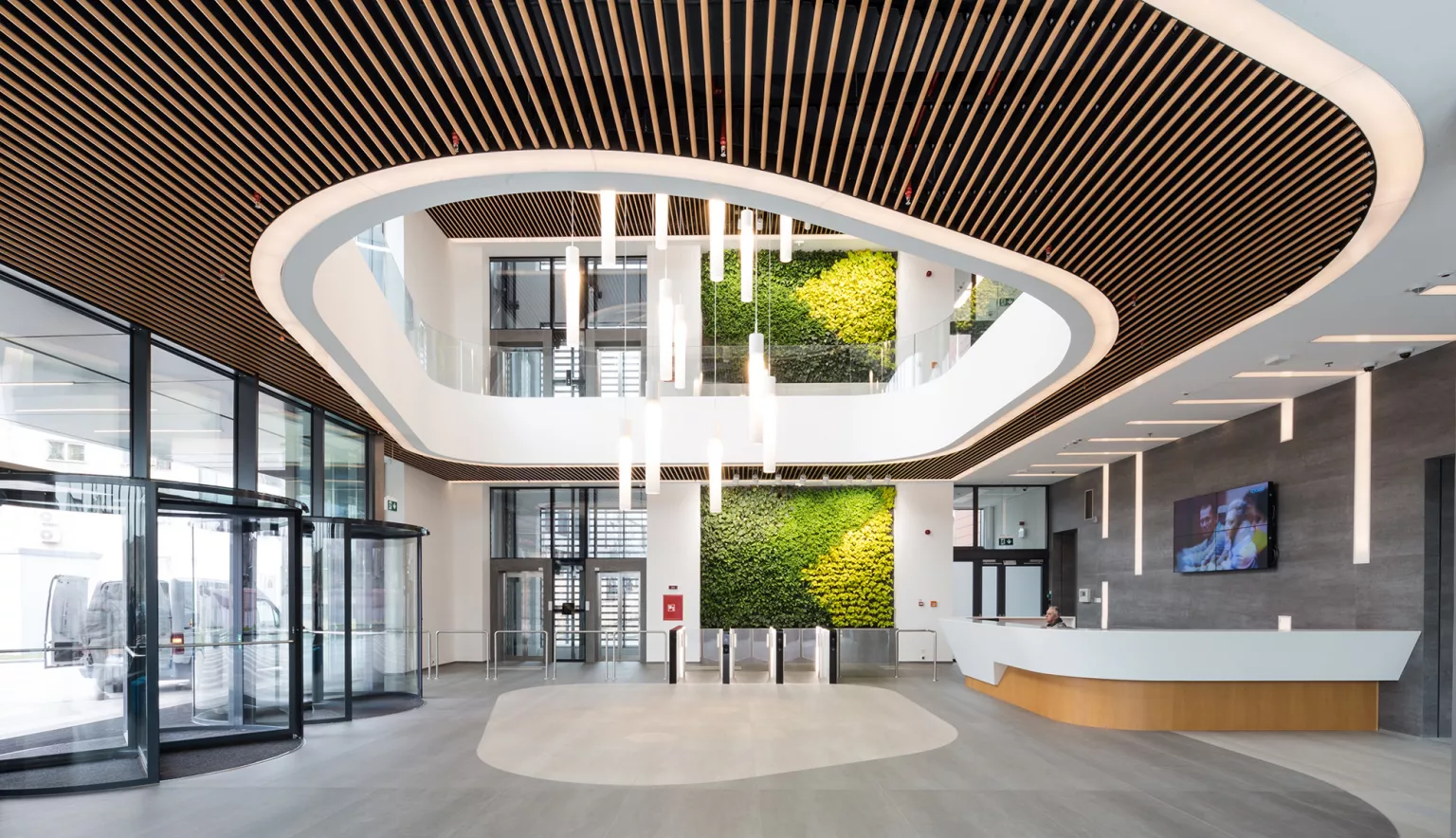Determined to impart international standards on Romanian construction projects, Dico Si Tiganas is uplifting the industry through a series of large-scale developments for a mixture of clients.
RAISING THE BAR
For many of us, the question about when you decided to be an architect is a usual one. Some have a precise answer, like when I was about 14 years old, after visiting a special place, or it was like I knew forever.
“The short answer in my case is yes – the passion for design and buildings comes from my childhood and family, being the son of a couple of civil engineers. But I need to add something to this. At the time of my childhood and youth, to become an architect meant an escape from the real world, a way to imagine something completely different than the abhorrent dictatorship of Ceaușescu.”
The fall of the iron curtain in 1989 marked a huge turning point for countries like Romania in the Eastern Bloc. An end of authoritarian communist rule and emergence of free market economics brought hope of a brighter future, one which can be defined by freedom of opportunity.
For Serban Tigănaș, Co-Founder and President of architectural firm Dico si Tiganas and orator of the opening words, the passion for building has been heightened by a love of country.
Setting up the practice in 1997 after meeting civil engineer and skilled CAD operator Florin Dico, Tigănaș highlights an important experience which triggered his desire to make an impact in Romania, an experience which occurred not in his home country, but in the UK.
“I was enrolled in teaching at the Technical University of Cluj before the University of Liverpool’s School of Architecture offered me a job in their design studio,” he recalls. “I refused, because I was wanted to contribute at home as an architect – however, this gave me a lot of energy and ambition to become an active player
in Romania.”
And it is a market which Tigănaș is determined to bring in line with the likes of the UK, France and Germany in terms of quality and desire for sustainability.
Despite citing political, cultural and commercial frustrations associated with Romania’s construction scene, the architect and entrepreneur is a self-proclaimed glass half full operator, eager to acknowledge the wealth of opportunities that lie ahead.
“We feel we are needed here, because the built environment is far from being developed,” he says. “It is a very, very dynamic environment, and we have been crossing a period of digital shift in construction design, which has been challenging but rewarding. The market is so diverse, and you may find your role in a niche, as an architect.”
A PROGRESSIVE PLAYER
Indeed, Tigănaș identifies Dico si Tiganas as one of Romania’s outward looking architecture firms, tendering to a range of projects in both nature and scale.
By turnover, the company consistently ranks in the top 20 in the country, its multidisciplinary nature and knowledge of pioneering technology such as building information modelling (BIM) allowing it to bid for major public projects.
Sports and leisure complexes, stadiums, industrial parks, offices and production facilities represent particular specialisms, no better demonstrated than by a fruitful ongoing partnership with German industrial giant Robert Bosch.
“This is a very successful story lasting 15 years already,” Tigănaș says.
“Soon after we started working together on their first production facility in Romania, the head of Bosch’s real estate department from Stuttgart, architect Christoph Schubert, gave us a very short rule of engagement – we need to make every new building better than the previous one.
“Of course, I replied, but he was not kidding. We visit the latest factories and are always talking about details we may change and improve for the next project, the latest being in Cluj.”
The collaboration with Bosch is a perfect showcase of Dico si Tiganas’s ability to design standout workplaces.
The two companies work closely in alignment with the German company’s Inspiring Working Conditions concept, with BIM adopted not only for design and construction but also facilities management elements of these projects. For Tigănaș, this is one of the firm’s most important partnerships and is very much an ongoing story.
So too is the development of the Romanian national rugby stadium in Bucharest. Having already proven its pedigree in sporting arena projects across Romania, particularly in Cluj, Dico si Tiganas is imparting all of its experience in the design of a landmark venue for what is an increasingly high-profile sport in the country.
Now in the construction phase, Tigănaș outlines some of the key features: “It is not a large stadium in terms of capacity, but it is placed in a wonderful environment and will be the best leisure area in the city, with parks, lakes and beautiful boulevards.
“The context is difficult – a shortage of space, green areas to preserve, and a complex programme, including a hotel for players and a centre for physical recuperation. A corner of the stadium also has to be treated in a special manner because of its proximity to a listed church and the configuration of the streets.
“This led us to come up with innovative solutions, trying to combine clear straight lines of rational origin, with playful and smooth details, uniting all parts in a coherent complex. Everything was carefully designed to keep a good scale in relation with this context, and I think we succeeded.”
BUILDING KNOWLEDGE
Delivering sophisticated projects such as the national rugby stadium and inspiring workplaces for Bosch offers a glimmer of what Romania’s construction industry can achieve when pointed in the right direction.
For Tigănaș, key to this will be plugging the country’s skills gap and digitising numerous frontline and back office processes.
“This is a universal disease,” he says. “We train our juniors and recruit young people every year, combining new team members with experienced ones to ensure knowledge is passed down the company.
“This is, unfortunately, working for us but not so much for contractors, who face a very serious de-professionalisation because they are losing skilled workers and dealing with a decay of quality in constructions.
“We would also like to work as part a of a construction industry chain which is completely digitalised, using computer files for delivering information, 3D coordinated models and forgetting about mountains of paper. It will come one day, but I am impatient for that.”
Tigănaș himself is active on the educational front. An associate professor at the Technical University of Cluj, he has found a happy balance between practicing and teaching architecture and, is also involved in refining planning and building legislation at a governmental level.
This will be important in the ongoing evolution of Romania’s construction industry, the domestic agenda being the Co-Founder and President’s major priority for the company moving forwards.
Tigănaș concludes: “We anticipate big needs for the medical sector and for transportation and have already started to look for partners in both fields. We are also looking for projects in the Western Balkans and, at the same time, I am very interested in developing further our network of compatible engineering companies for more challenging projects.”
























